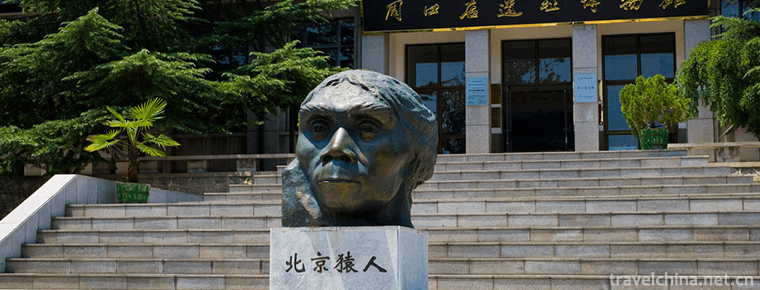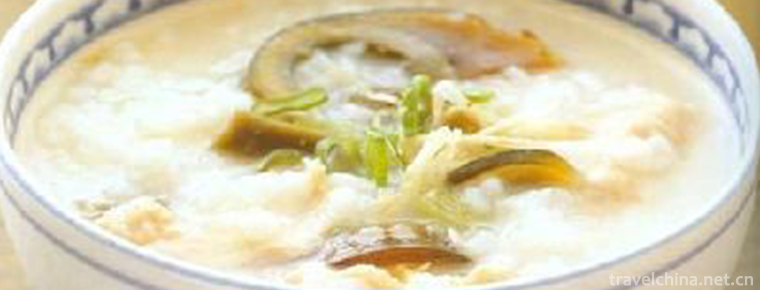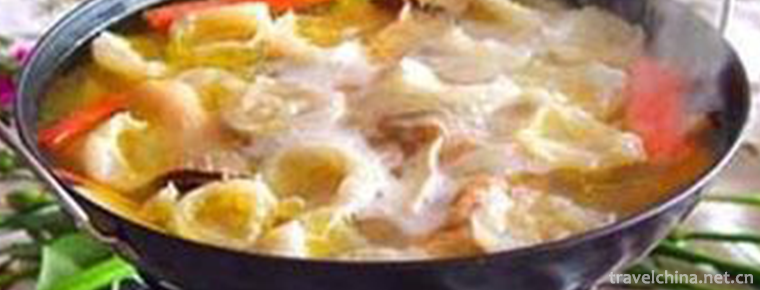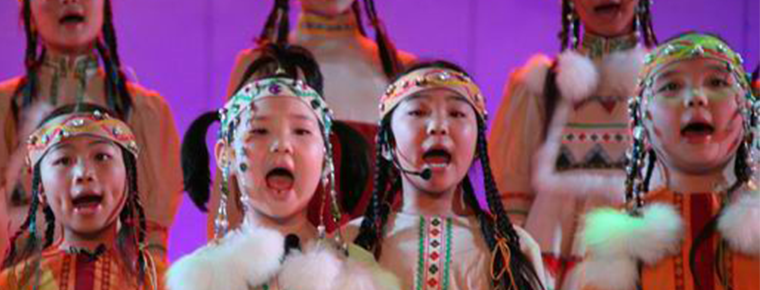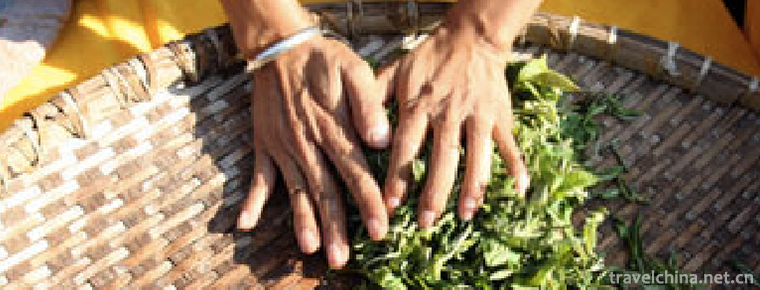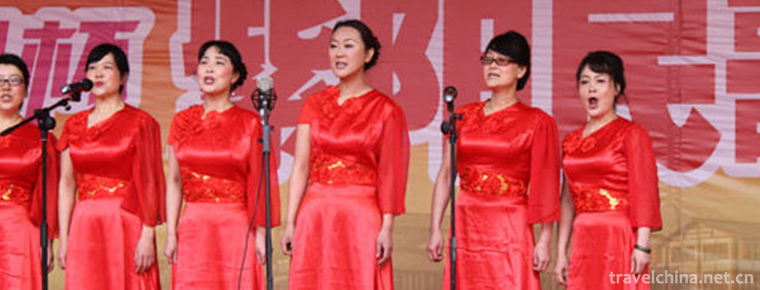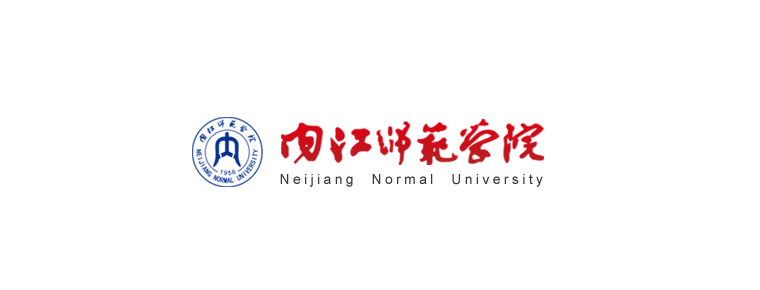Nanchong economy
Nanchong economy
In 2019, Nanchong's GDP will reach 232.222 billion yuan, an increase of 8.0% over that of 2018. Among them, the added value of the primary industry was 40.425 billion yuan, an increase of 2.9% over 2018; the added value of the secondary industry was 93.762 billion yuan, an increase of 9.4% over 2018; the added value of the tertiary industry was 98.036 billion yuan, an increase of 9.3% over 2018. The contribution rates of the three industries to economic growth are 7.3%, 50.1% and 42.6% respectively. The per capita GDP was 36073 yuan, an increase of 7.9% over 2018. The ratio of the three industrial structures was adjusted from 17.3:40.2:42.4 in 2018 to 17.4:40.4:42.2. The added value of private economy in the whole year was 141.327 billion yuan, 8.1% higher than that in 2018, accounting for 60.9% of GDP, and contributing 69.1% to GDP growth.
In 2019, Nanchong's general public budget revenue was 12.332 billion yuan, an increase of 9.3% over that of 2018, of which the tax revenue was 7.532 billion yuan, an increase of 6.4% over that of 2018. The general public budget expenditure was 55.525 billion yuan, an increase of 12.1% over 2018.
In 2019, the total social fixed asset investment in Nanchong will increase by 13.3% compared with that in 2018. In terms of industries, the investment in the primary industry increased by 12.8% compared with that in 2018; the investment in the secondary industry increased by 15.4% compared with that in 2018, of which the industrial investment increased by 15.9%; the investment in the tertiary industry increased by 13.0% compared with that in 2018, of which the investment in transportation increased by 20.7%. Infrastructure construction investment increased by 10.7%, private investment by 13.0% and technological transformation investment by 18.6% over 2018.

Nanchong economy
-
Tiantangzhai Tourist Scenic Area
Tiantangzhai (National AAAAA Tourist Scenic Spot, National Nature Reserve, National Forest Park and National Geological Park) is the second peak of the Dabie Mountains
Views: 204 Time 2018-12-08 -
Peking Man Site at Zhoukoudian
Zhoukoudian Peking Man Site, located in Longgu Mountain, Fangshan District, Beijing, is an important Paleolithic site in China. Since 1927, three complete skulls and some remnants have been found in t
Views: 133 Time 2019-03-20 -
Eight treasures porridge
Babao porridge is a dish of Manchu and Han Dynasty. It tastes sweet and delicious and enjoys a high reputation.
Views: 251 Time 2019-03-26 -
Fish Swallow in Bazhen Fresh Soup
Ingredients: Six or two fish swallows are served well. Lentinus edodes, crab willow, Jinhua ham, clam, shrimp
Views: 220 Time 2019-03-27 -
Oroqen Folk Songs
The Oroqen nationality mainly distributes in the Oroqen Autonomous Banner, Buteha Banner of Hulunbeier League, Inner Mongolia Autonomous Region and
Views: 253 Time 2019-04-28 -
Production Techniques of Pu er Tea
Pu'er tea production technology, also known as tribute tea production technology, has been formed through thousands of years of practice. The basic procedures are as follows: sacrificing the God of te
Views: 124 Time 2019-06-09 -
Ziyang Folk Songs
Ziyang Folk Song is the general name of traditional folk songs spread in Ziyang County, Shaanxi Province, and it is the most representative of traditional folk songs in southern Shaanxi Province. It h
Views: 375 Time 2019-08-16 -
Neijiang Normal University
Neijiang Normal University is a full-time general undergraduate college organized by Sichuan Provincial People's Government. Neijiang City, where the school is located, is located in the middle of Che
Views: 199 Time 2019-08-31 -
Baoguang Temple
Baoguang temple is located in Xindu District, Chengdu City, Sichuan Province, China. It is one of the Buddhist temples with a long history, large scale, complete structure and quiet environment.
Views: 133 Time 2020-11-05 -
Nanchong transportation
In 2019, the total mileage of Nanchong highway is 23100 km, including 574.06 km of expressway. The highway freight turnover was 10.921 billion ton kilometers, down 1.6% from 2018, and the highway passenger transportation turnover was 2.511 billion person kilometers, 17.7% lower than that in 2018.
Views: 354 Time 2020-12-17 -
Meishan population
At the end of 2019, the total registered residence population was 3 million 422 thousand and 600, of which 1 million 194 thousand and 900 were urban population. At the end of the year, there were 2.995 million permanent residents, including 1.433 million urban
Views: 362 Time 2020-12-18 -
Meishan science and technology
In 2019, 80 science and technology projects above the municipal level will be organized and implemented, and 27.73 million yuan of free science and technology project funds will be put in place. In the whole year, 433 patents were applied and 94 patents were
Views: 368 Time 2020-12-18

